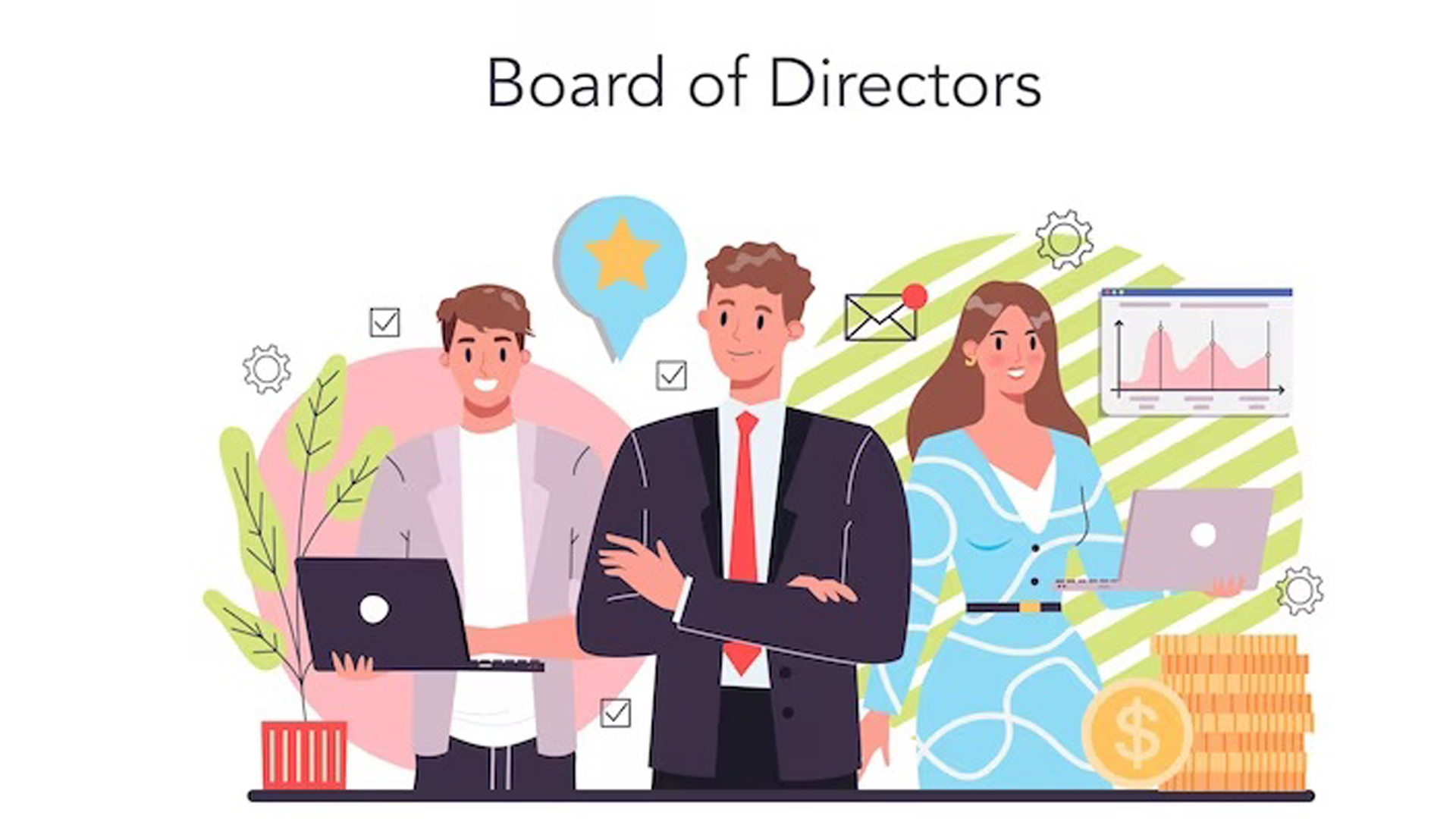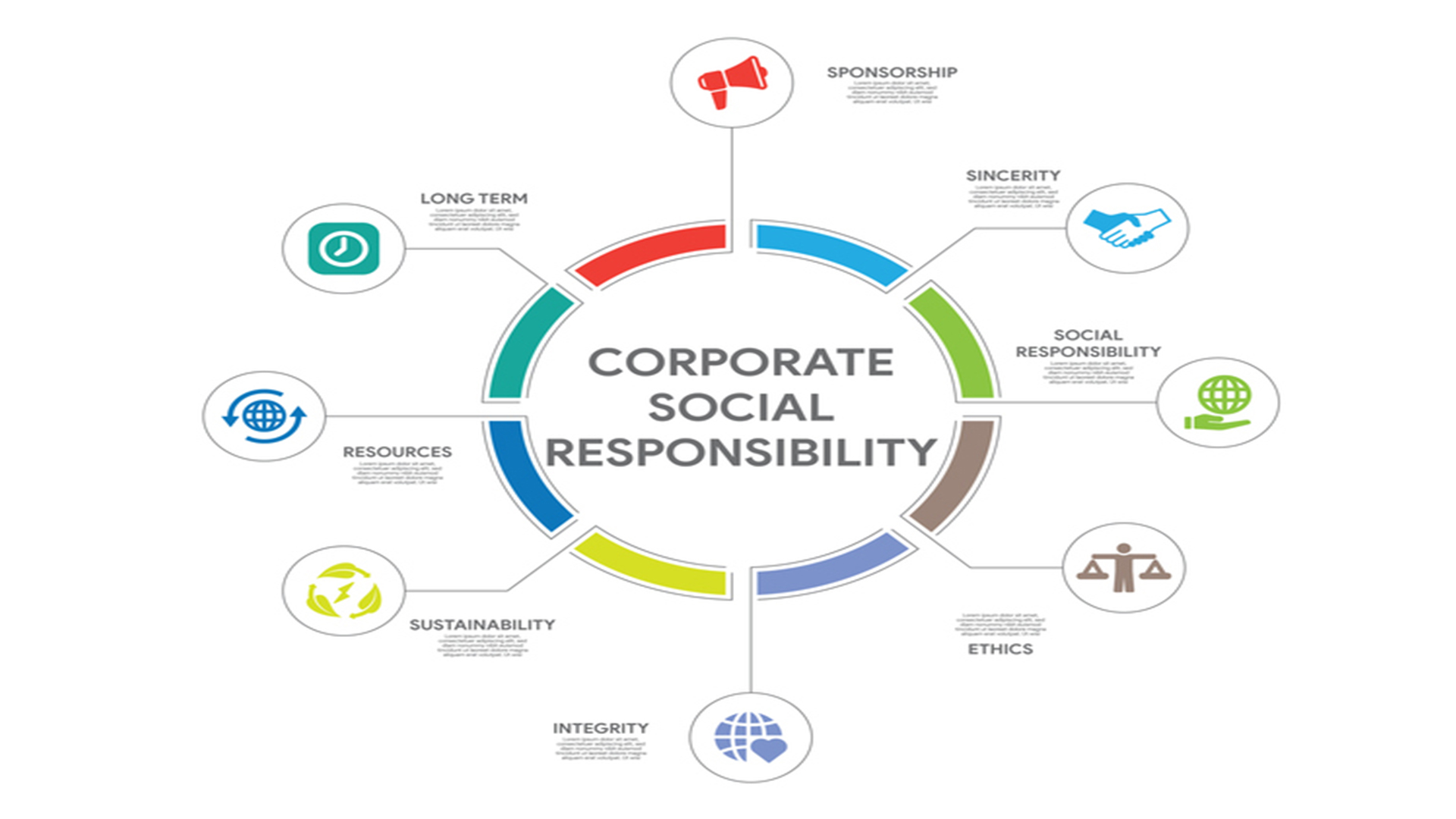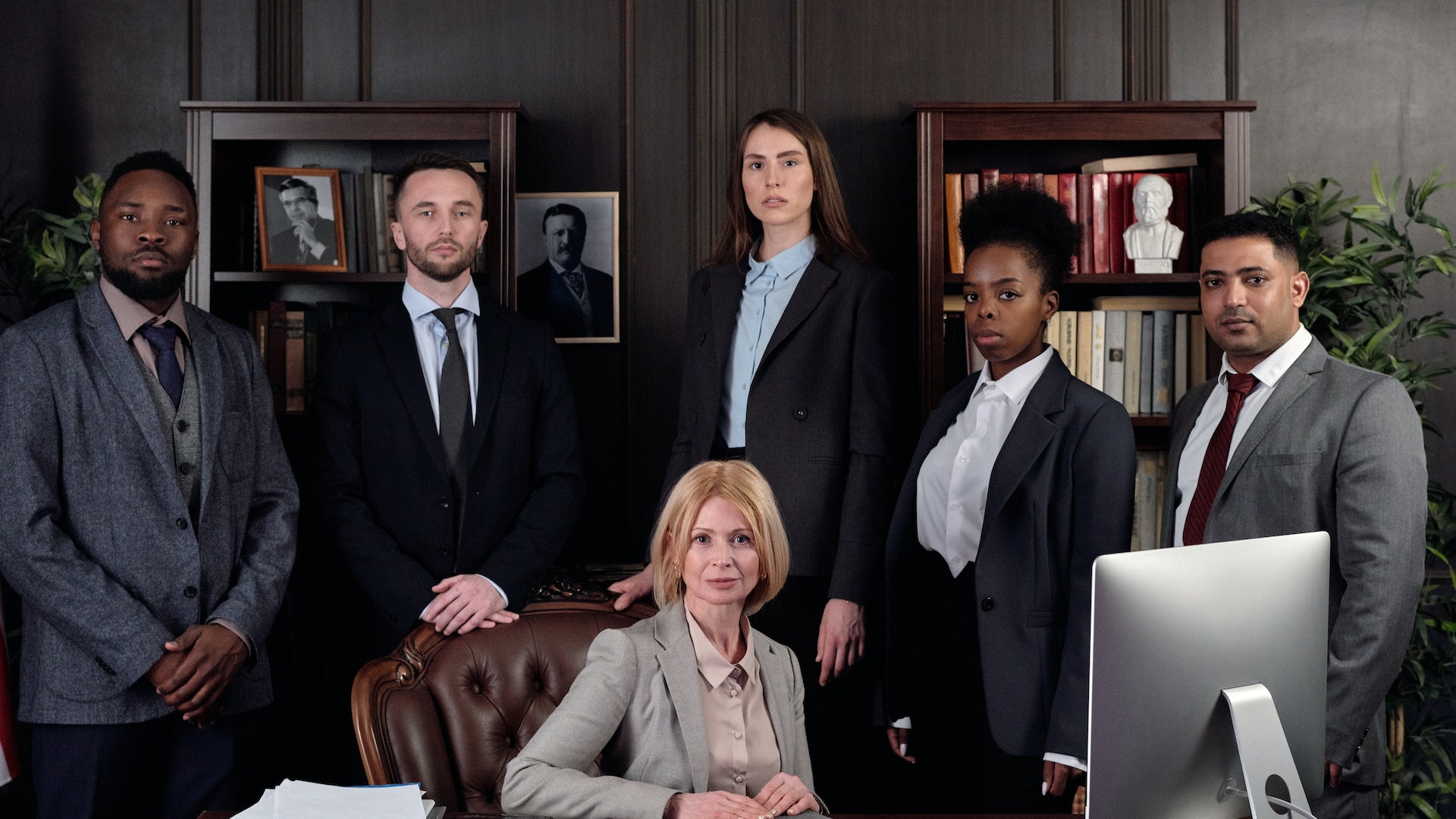
Uncover Your Creative Leadership Superpowers
Course overview
Continuous adaptation is a quality of creative leadership. It’s the capacity to seize chances presented by uncertainty and give the chaos meaning. When there are no obvious results or even a clear direction for the business, those with this ability can nevertheless come up with solutions. They correct their errors and go forward, which eventually results in excellent performance and perhaps even a few celebratory selfish in the mirror. Creative leaders explore possibilities; try out new concepts, and experiment. While actively seeking out new ones, whether in themselves or others, they build on their current talents.
What distinguishes creative leaders from conventional leaders?
It takes art, not science, to design a dynamic and forward-thinking future. Innovative solutions to problems that seem insurmountable are developed through creative leadership, which combines the human spirit, intuition, and imagination with well-established theory. Creative leaders look for methods to add value other than through conventional leadership techniques. They create novel techniques and inventions, revamp current goods and procedures, and identify fresh client demands that are frequently unmet by traditional means. Compared to other working styles, creative leaders may be less conventional and more imaginative.
Are you prepared to lead creatively?
Get educated with Training Bee’s Creative Leadership Training Course, created for established leaders, up-and-coming leaders, and advocates who want to make a positive difference in the world. One of the most crucial traits of a contemporary business leader, creative leadership is crucial for the success of an organization. Young and experienced creative leaders alike require a well-stocked toolkit of leadership skills. You can improve your management and leadership skills by taking the training course. You will learn in this training session how to imaginatively alter your existing structures so that they can more effectively meet the needs of the modern workforce.
Introduction
Welcome to the Creative Leadership Course’s educational and transforming journey. We will explore the relationship between creativity and leadership in this engaging class, giving you the skills, knowledge, and tactics you need to lead with inspiration, innovation, and vision.
Traditional leadership approaches frequently fail to successfully navigate the intricacies of change and provide meaningful influence in today’s quickly shifting world. A new viewpoint provided by creative leadership equips leaders to foster conditions where innovation may flourish, teams can succeed, and novel solutions can be developed.
We are The Training Bee, a global training and education firm providing services in many countries. We are specialized in capacity building and talent development solutions for individuals and organizations, with our highly customized programs and training sessions.
Learning Objectives
Upon completing Creative Leadership Course, participants will be able to:
- In order to draw attention to the value of imaginative leadership in the current era of dynamic organizations
- To develop and enhance leadership capacity in an inspiring manner
- To address ways that contemporary company executives might better by eschewing inflexible operational procedures
- Acquiring a perspective that encourages creative issue solving by looking at things from novel angles
- To understand how to create a culture that fosters creativity among staff and members. To discuss approaches for supporting creativity in decision-making.
- To create a collaborative and innovative work atmosphere by encouraging participants to be progressive, original, and innovative
Our Unique Training Methodology
This interactive course comprises the following training methods:
- Journaling – This consists of setting a timer and letting your thoughts flow, unedited and unscripted recording events, ideas, and thoughts over a while, related to the topic.
- Social learning – Information and expertise exchanged amongst peers via computer-based technologies and interactive conversations including Blogging, instant messaging, and forums for debate in groups.
- Project-based learning
- Mind mapping and brainstorming – A session will be carried out between participants to uncover unique ideas, thoughts, and opinions having a quality discussion.
- Interactive sessions – The course will use informative lectures to introduce key concepts and theories related to the topic.
- Presentations – Participants will be presented with multimedia tools such as videos and graphics to enhance learning. These will be delivered engagingly and interactively.
Training Medium
This Creative Leadership Course training is designed in a way that it can be delivered face-to-face and virtually.
Course Duration
This training is versatile in its delivery. The training can be delivered as a full-fledged 40-hour training program or a 15- hours crash course covering 5 hours of content each day over 3 days
Pre-course Assessment
Before you enroll in this course all we wanted to know is your exact mindset and your way of thinking.
For that, we have designed this questionnaire attached below.
- Give an explanation of “Creative Leadership” and its importance in the quickly changing business environment of today.
- What distinguishes creative leadership from conventional leadership styles? Give illustrations of how innovative leaders stand out.
- Describe a scenario in a corporate or organizational context when innovative thinking resulted in an effective solution. What crucial components made this success possible?
- Describe “design thinking” and how it relates to improving leadership effectiveness.
- Give an example of a leader who was successful in fostering an innovative and creative environment within their team or organization. What tactics did they use specifically?
- How does emotional intelligence fit into the world of creative leadership? What are some ways that leaders might use emotional intelligence to energize and inspire their teams?
Course Modules
This Creative Leadership Course covers the following topics for understanding the essentials of the Agile Workplace:
Module 1 – Leadership: Traditional vs. Creative
- Open vs. Closed systems
- Leadership styles: one-way vs. interactive
- Power source Orchestra model
- Improvising rather than according to the instructions
- View of the Comment
Module 2 – Creating the Groundwork for Leaders
- Leadership evolution what do leaders do?
- Considering sustainability
- How to get over impostor syndrome
- Cultivating curiosity
- Creating an Innovative Culture
Module 3 – Innovative Leadership Capabilities
- Taking the reins with zeal
- Exploratory attitude
- Strategic perspective in mind
- Strengthening cooperative partnerships
- Self-awareness
Module 4 – Promoting Originality
- Giving assistance to workers
- Intentional creativity
- Brainstorming
- Independent team
- Encouraging experimentalism
- Facilitating failure
Module 5 – Creative Vision Direction
- Defining a distinct vision
- Creating a creative environment
- Intuitive training
- Imagination and narrative
- Imaginative leadership combined with practical execution
Module 6 – Developing Creativity Leadership Skills at Work
- Combination of ideas
- Increasing self-awareness Accepting new team members’ talents Ongoing learning
- Assemble a team with a variety of backgrounds
- Consequences of micromanagement
Module 7 – Problem-solving in a Novel Way
- When should one use creativity?
- Skills in both cognitive and affective thought
- Finding potential answers
- Assessing the effects of solutions
- Creating stages for problem-solving
Module 8 – How to Think Like a Creative Leader
- Using both divergent and convergent thought
- leadership diagnostic reasoning
- For leaders, the capacity for vision
- Idea generation
- Examining concepts
- Assessing thinking
Module 9 – Promoting a Creative Climate in the Workplace
- Recognizing the diversity of psychology
- Innovator-adaptor theory
- Recognizing innovation as a crucial organizational value
- Be willing to make creative errors and faults
- Developing creativity through training Promoting uniqueness
- Making an interesting work environment
Post-course Assessment
Participants need to complete an assessment post-course completion so our mentors will get to know their understanding of the course. A mentor will also have interrogative conversations with participants and provide valuable feedback.
- Consider a specific situation in which you used design thinking ideas to resolve a challenging issue. Describe the steps you took and the results you got.
- Think of yourself as the team leader for a significant innovation project. Describe the actions you would take to encourage an environment of experimentation and creativity within your team.
- Talk about a time when you tried to implement a bold concept as a leader and ran into opposition. What was the outcome of your strategy for dealing with this resistance?
- Consider a recent leadership difficulty you encountered and use the “four P’s” of creative leadership (Purpose, People, Process, and Product). How did taking these factors into account affect your strategy and the result?
- Give an example of a situation when you used cross-functional cooperation to spur creativity.
Lessons Learned
Participants discovered that creativity is a crucial leadership talent that fosters innovation, problem-solving, and organizational success. It is not merely a trait of artists.
Inspiration and Vision: Creative leadership entails motivating and directing teams in accordance with a compelling vision. Participants have investigated the best ways for leaders to express and communicate a compelling and clear goal that will spur innovation.
Embracing Diversity and Inclusion: The importance of diversity and inclusion in promoting creativity has been highlighted throughout the course. Participants comprehend how different points of view lead to more creative and comprehensive solutions.
The use of design thinking as a structured method to innovation has been explored by participants. They now understand how creativity, ideation, and prototyping may result in ground-breaking fixes.
“Beyond Boundaries: Where Excellence in Leadership Meets Creativity”







